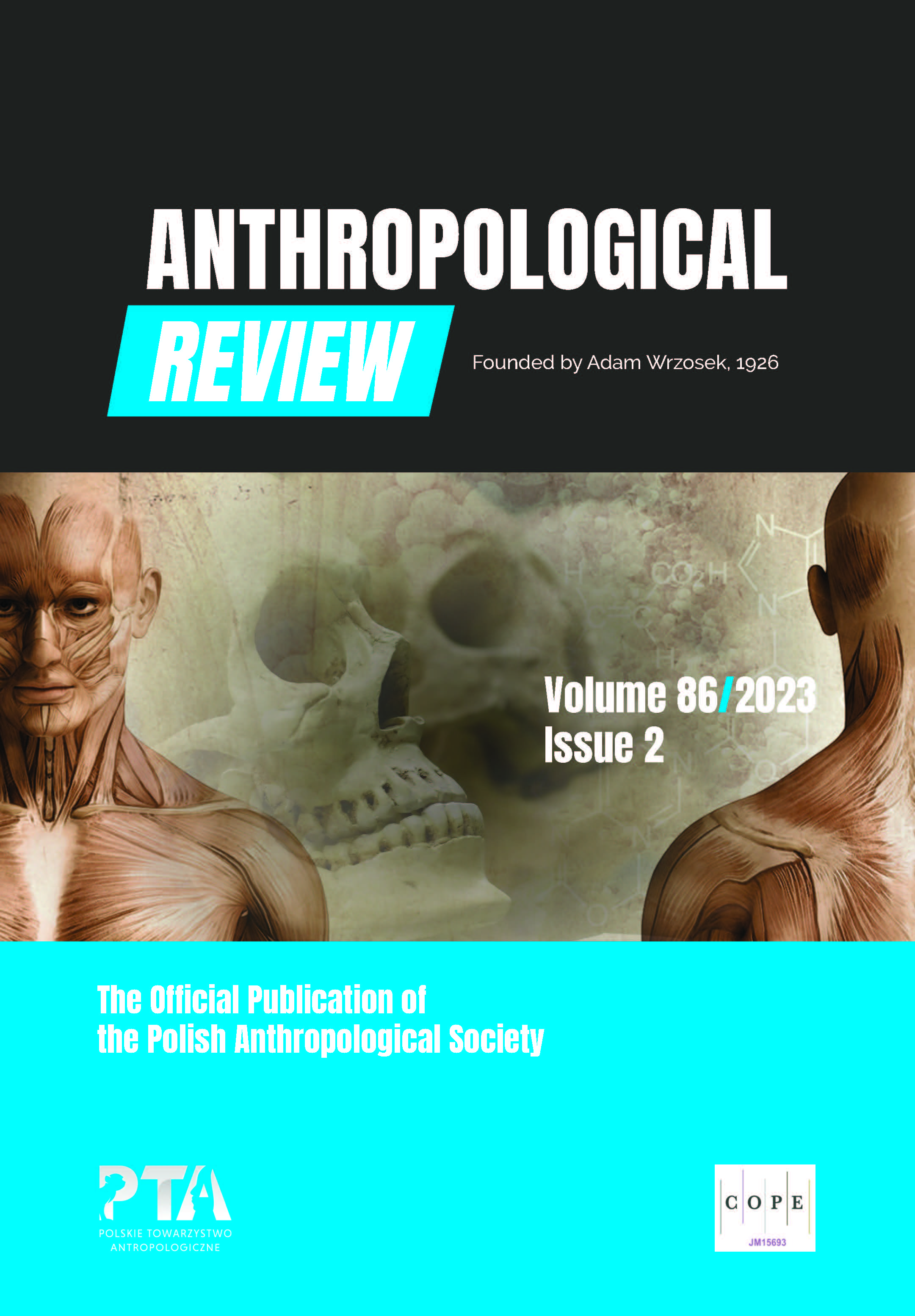Where are the Roman women of Ovilava? A spatio-temporal approach to interpret the female deficit at the eastern Roman cemetery (Gräberfeld Ost) of Ovilava, Austria
Where are the Roman women of Ovilava? A spatio-temporal approach to interpret the female deficit at the eastern Roman cemetery (Gräberfeld Ost) of Ovilava, Austria
Author(s): Dominik Hagmann, Barbara Ankerl, Michaela Greisinger, Renate Miglbauer, Sylvia KirchengastSubject(s): Anthropology, Social Sciences
Published by: Wydawnictwo Uniwersytetu Łódzkiego
Keywords: female deficit; Roman burials; sex ratio; Noricum; bioarchaeology
Summary/Abstract: In historic and prehistoric populations, the sex ratio can often only be determined based on bioarchaeological analyses of cemeteries. In this context, a so-called female deficit has been described, which clearly contrasts the sex ratio typical of recent populations. The present study aims to analyze the sex ratio in the eastern cemetery (‘Gräberfeld Ost’) of the Roman town Ovilava. This site is located beneath today’s city of Wels in Upper Austria (AUT), in the northwestern region of Noricum. Spatial as well as chronological aspects of the sex ratio were considered. A total of 111 individuals older than 15 years could be included in the analysis. Radiocarbon dating allowed a chronological classification of the burials. In addition, a spatial analysis of the cemetery was carried out using a geoinformation system. For the whole sample, a sex ratio of 200.0 and a marked female deficit were recorded. Considering the individual age classes and the periods separately, an apparent female surplus emerged among individuals younger than 20 years (sex ratio = 62.5). With increasing age class, the proportion of females reduced dramatically; among the over 40-year-olds, the sex ratio was 370.0. There was also an apparent female deficit in the Early Roman and Imperial Roman Periods but an almost balanced sex ratio in the early Middle Ages. Furthermore, the sex proportion varied between the cemetery areas. Consequently, a female deficit occurs mainly during Roman times and in specific areas of the burial ground.
Journal: Anthropological Review
- Issue Year: 86/2023
- Issue No: 2
- Page Range: 89-118
- Page Count: 30
- Language: English

